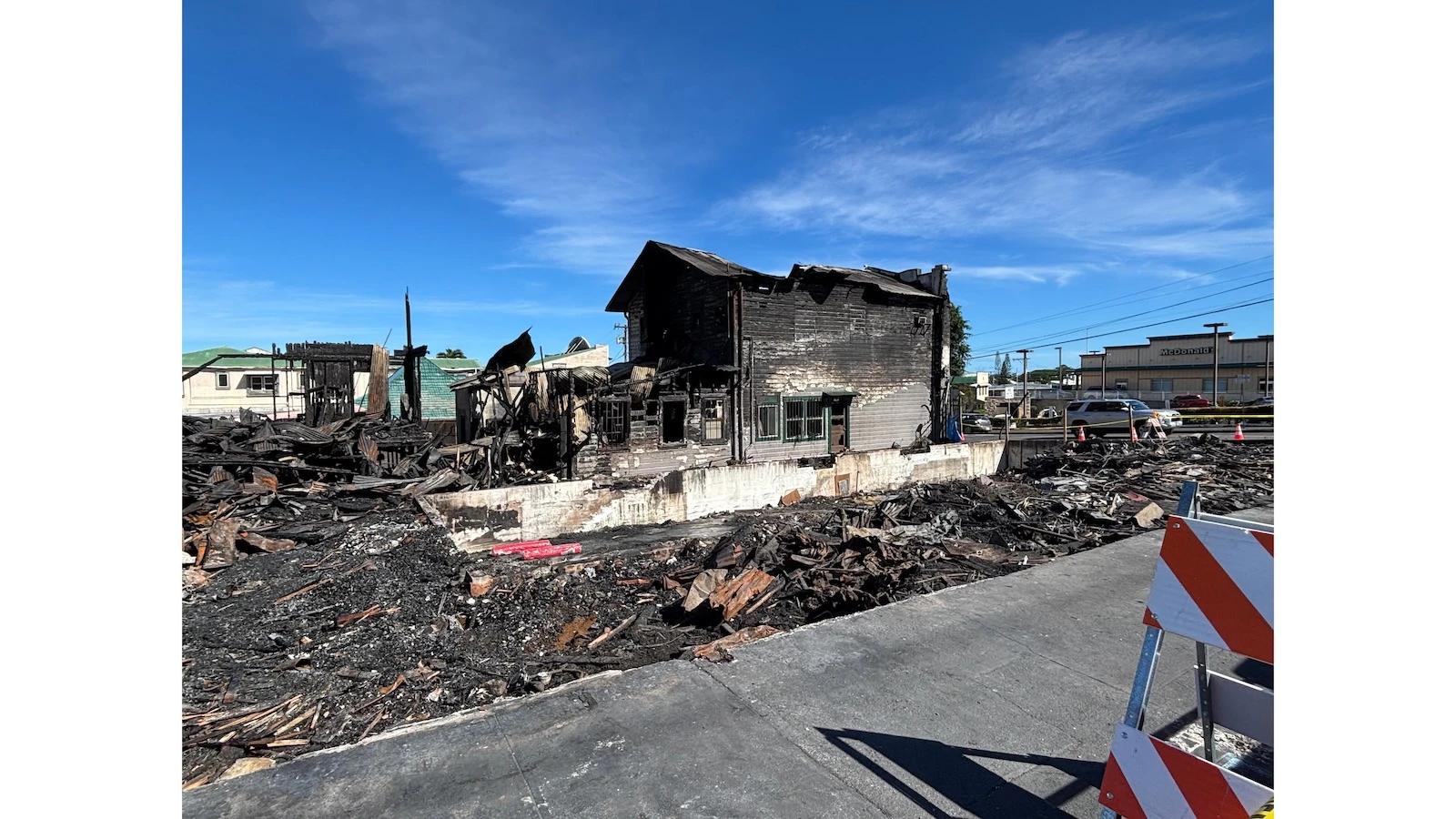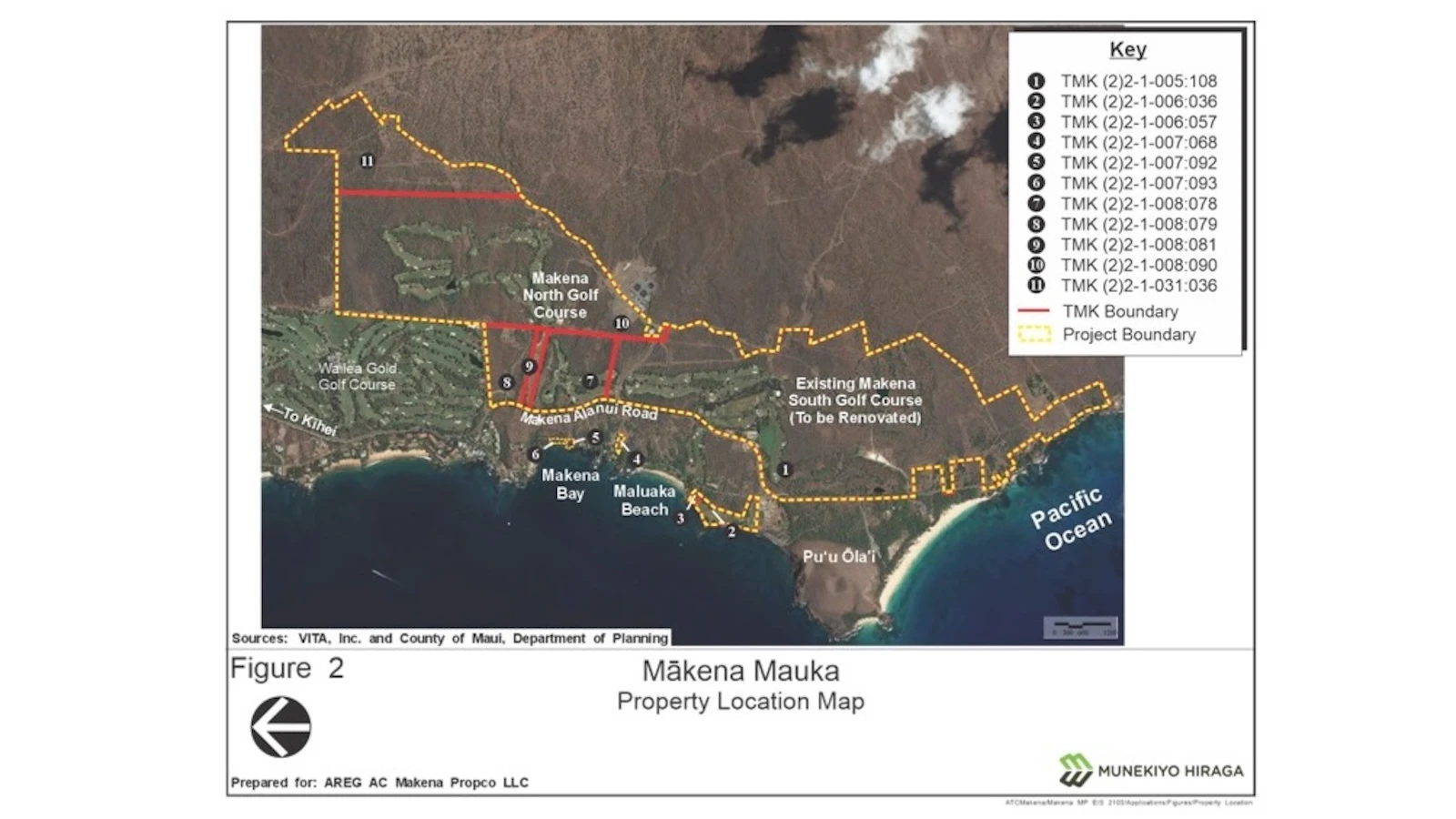New fishing rules that could resurrect the aquarium fishing industry in West Hawai‘i will be put to a referendum.
The state Board of Land and Natural Resources voted Friday to begin a public comment schedule over a series of new regulations that would once again allow for the taking of certain fish from West Hawai‘i waters by commercial aquarium fishers.
The new rules would grant commercial aquarium fishing permits to up to seven people per year. Those seven people would be allowed to catch eight specific fish species, but only up to collective annual catch limits.
Commercial aquarium fishing in West Hawai‘i has been effectively banned since 2017 due to a Hawai‘i Supreme Court ruling that found that commercial aquarium fishing could not be permitted without a proper environmental review process. The proposed rules, then, would restore the industry after nearly a decade.
The BLNR’s discussion of the new rules Friday was only over whether to initiate a series of public hearings to collect feedback before making any sort of rulemaking decision. But the board likely has a good idea of public opinion: people testified for nearly four hours Friday, with dozens largely in opposition.
“For decades, our Native Hawaiian fishermen, from all the islands, have reported critical declines of marine resources due to aggressive collecting of fish,” said Leialoha Kaluhiwa. In 2018, the West Hawai‘i aquarium collecting ban resulted in the largest yellow tang abundance ever documented on these reefs.”
Should commercial aquarium fishing again be allowed in West Hawai‘i, Kaluhiwa said species like yellow tang — which the new rules would particularly target, allowing 200,000 to be taken annually — would again be threatened. Kaluhiwa compared Hawai‘i island to Ni‘ihau, whose marine ecosystem she said is being “raped” by illegal aquarium fishing that DLNR cannot consistently enforce.
Two state senators appeared before the board to join the chorus against the new rules. Sen. Samantha DeCorte — who represents Wai‘anae, Mā‘ili, and elsewhere — said resurrecting aquarium fishing poses a threat “not only to our culture, but … to the only sacred place we have in the state of Hawai‘i, which is the last fishing village here,” referring to the West Hawai‘i village of Miloli‘i, which is subject to a DLNR-enforced subsistence fishing area.
‘Ewa Beach Sen. Kurt Fevella also attended the meeting and echoed Kaluhiwa’s language: “We don’t have the money, we don’t have the resources to have this sacred area to be pretty much — I don’t want to use the word — raped, and taken advantage of constantly.”
Kaikea Nakachi told the BLNR that the whitelist of permissible species should be rewritten to exclude fish endemic to the area and any food fish sought by subsistence fishers — the list includes kole, or the goldring surgeonfish, and the umaumalei, or orangespine unicornfish, which are both considered food fish.
“I believe the sheer number of fish being proposed to be removed in West Hawai‘i is ridiculous,” Nakachi said. “It goes against Hawaiian values and practices in general, … but I also believe it’s a violation of [DLNR’s] hierarchy of use priorities.”
DLNR’s Hierarchy of Use Policy, adopted in 1998, directs the department to consider commercial activities last when taking management actions that impact natural resources. Nakachi and many others argued that cultural and ecological considerations for West Hawai‘i marine ecosystems should, therefore, outweigh the desires of aquarium fishers.
Some aquarium fishers spoke Friday in support of reopening the industry. Fisher Ron Tubbs told the board that, according to multiple fishery reports, fish populations were not significantly different between areas open or closed to aquarium fishing.
“So science is not being quoted here, it is actually being perverted,” Tubbs said. “So why are they perverting science? Because all they have is the cultural [argument].”
Tubbs, along with several other fishers, had also filed a request for a contested case hearing challenging a 2023 BLNR decision to begin this very rulemaking process. The board voted unanimously to deny his request, following legal guidance suggesting that contested cases don’t apply to DLNR rulemaking.
Following hours of impassioned testimony, Hawai‘i Island board member Riley Smith proposed an amendment to the rules excluding food fish entirely from the list of whitelisted species and reducing the annual catch limits for yellow tang to 100,000.
Smith’s other amendments included a recommendation to consider a fee structure for licensees and a change to the license structure to allow for safety divers to join the licensed fishers.
Moreover, Smith said that the board is “legislatively required to allow aquarium fishing,” seemingly in reference to another Hawai‘i Supreme Court verdict in 2024 that approved an environmental impact statement for reopening aquarium fishing permits. Therefore, he said, the board must proceed with rulemaking procedures that “consider social and cultural norms that we feel are appropriate.”
The board voted unanimously to proceed with public hearings on the rules with Smith’s amendments. Dates for those hearings have not been set.
For the latest news of Hawai‘i, sign up here for our free Daily Edition newsletter.





